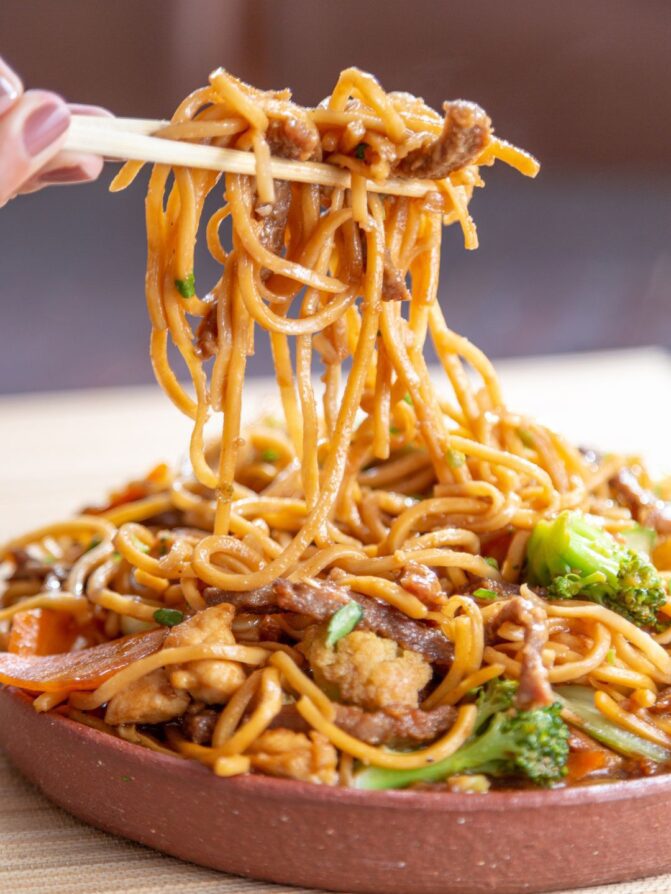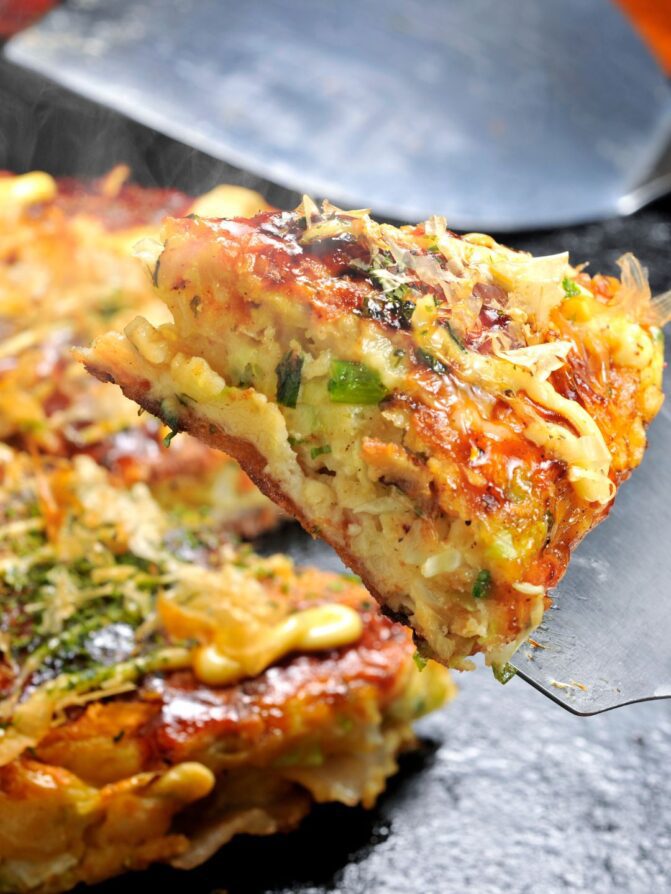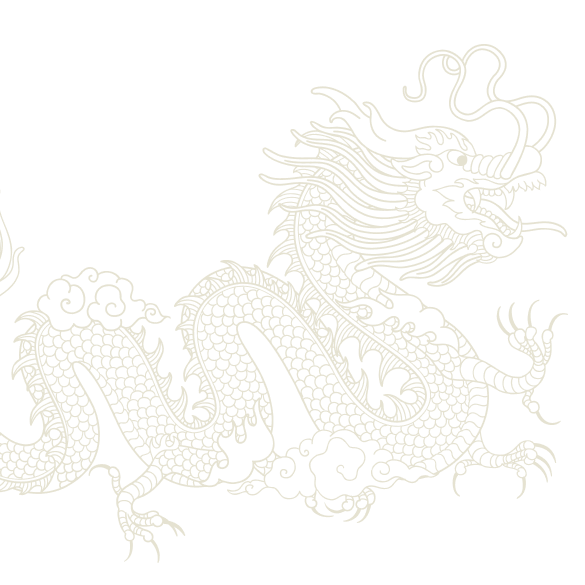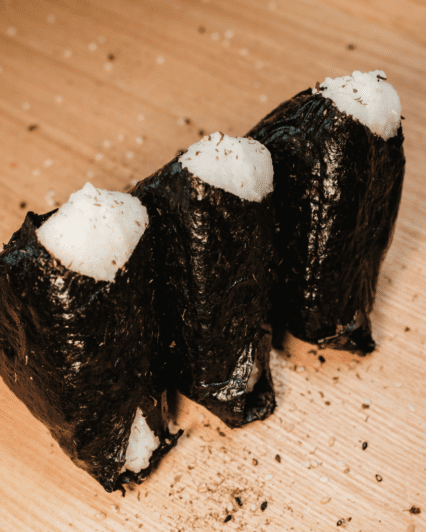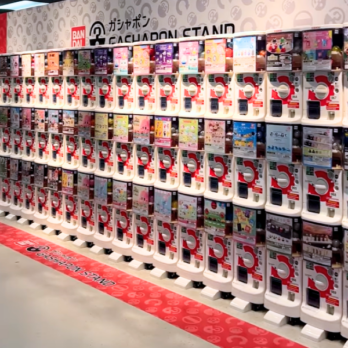Popular Japanese street foods PART 1
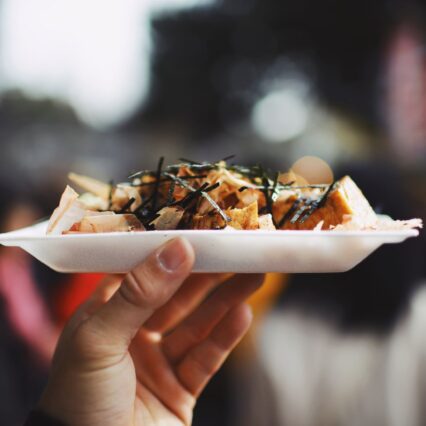
Popular Japanese street foods PART 1
Often arising out of various periods of hardship, a lot of street foods are a testament to Japanese culinary ingenuity when things get tough — just like so many street foods and delicious dishes across the world. Many foods both on this list and beyond have their origins in the post-war and interwar periods, or from similarly lean times earlier in history.
Although food stalls in Japan aren’t as ubiquitous as in certain other countries — compared to, say, Singapore’s hawker centers, for example — they still play a beloved role in the country’s food culture. They’re referred to as “Yatai,” and are often associated with different seasonal festivals.
Here are some of our favorites that you’ll find at Yatai around Japan, and what makes them so dang good:
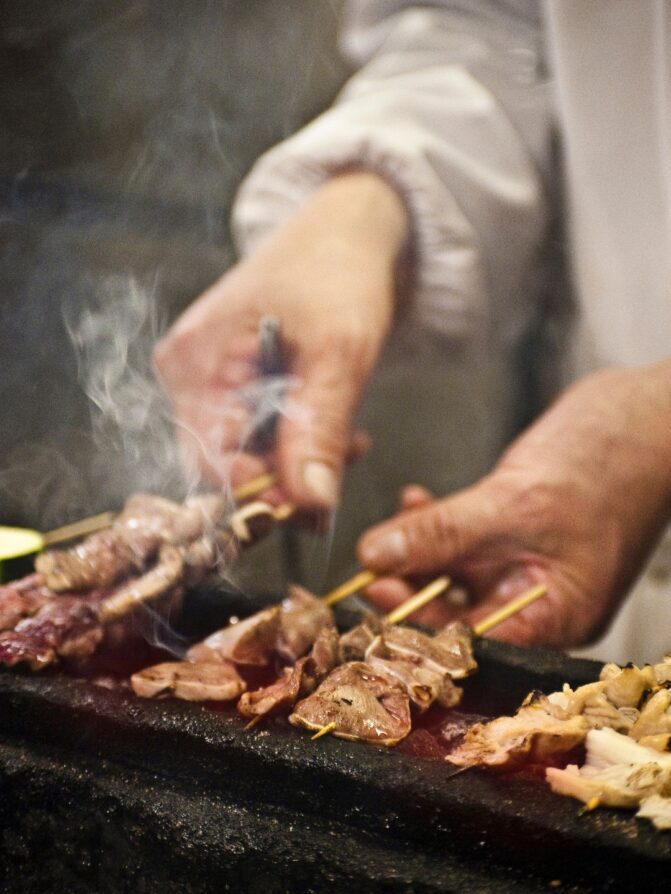 Yakitori
Yakitori
In the US, you’ll often hear people call this “chicken yakitori,” but, if we’re being honest, that’s redundant. Yakitori is chicken.
While it can be bought at some food stalls, yakitori is also associated with specialty yakitori restaurants and izakaya’s, a type of casual Japanese bar with lots of booze and shareable bites.
It’s made of small, evenly-sized portions of chicken seasoned and then slid onto a thin bamboo or metal skewer. Along with chicken thigh or breast, you can also find yakitori with ground chicken meatballs, gizzards, livers, and other parts of the chicken.
Many yakitori skewers at a time are then cooked over a charcoal grill, which gives the outside bits of crunch while keeping the inside succulent with a hint of smoke. Seasoning can be just salt, although it’s popular with sweet soy tare sauce glazed over it too, which, combined with the smokiness and juiciness of the chicken, is almost reminiscent of certain regional American barbecue methods.
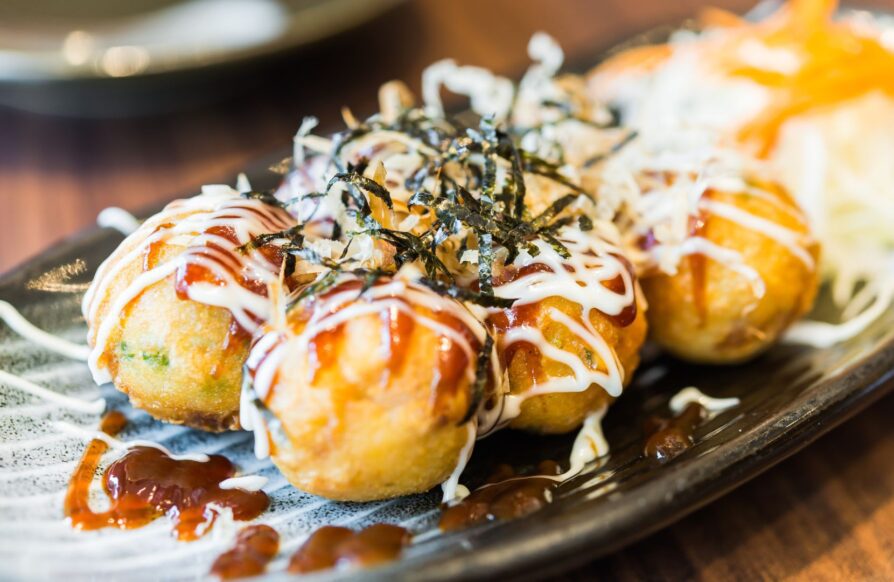
Takoyaki
Associated especially with Osaka, where it originated in the interwar period, Takoyaki is maybe the most famous Japanese street food. It might sound bizarre to those unfamiliar, but they’re delicious: griddle-fried octopus balls.
These are made with diced octopus and a wheat flour batter mixed with a sprinkle of ingredients like tempura scraps, ginger, and others. The batter mixture and chopped octopus are cooked on a specialty griddle — similar to what the Dutch use for their sweet Poffertjes — dotted with half-spherical indents that give Takoyaki their ball shape. They’re then rapidly flipped by an expert cook with a little skewer to finish cooking evenly.
Then, the right way to eat Takoyaki is fresh off the griddle when they’re most hot and satisfying! They’re quickly slathered with a sweet and savory Takoyaki sauce, Japanese mayonnaise, katsuobushi, and Aonori seaweed crumbles; they’re hot, slightly crispy on the outside, chewy on the inside, and then burst with a symphony of flavor that’s somehow simultaneously savory, sweet, tangy, salty, fresh and indulgent all at once!
You’ll often hear diners sucking in air to cool down their mouth while eating, because we just can’t wait for these treats to cool off.
Yakisoba
Yakisoba is something that a lot of Americans are familiar with. For many who aren’t Japanese-American, some version of that was probably the first Japanese food you ate as a child!
Also originating in interwar food stalls just like Takoyaki, this dish is common in festival settings and consists of stir-fried vegetables, meat, and Chinese-style wheat noodles. If you know some basic Japanese word components, you’ll know this means essentially “grilled” or “pan-fried” soba. Although funnily enough, this name could be a bit of a misnomer — true soba noodles are actually made of buckwheat, whereas yakisoba use wheat noodles that were introduced and influenced by Chinese culinary traditions.
Yakisoba Yatai are particularly prominent at festivals and other events because of the ease of setting up and preparation; unlike Takoyaki or yakitori or many other Japanese street foods, yakisoba doesn’t require any special setup or equipment. All you need is a griddle and ingredients, and you’re good to go!
The combo of noodles, meat, and vegetables are filling, nutritious, and have a well-rounded, satisfying flavor and texture.
Okonomiyaki
There are two main types of okonomiyaki: Osaka style, and Hiroshima style.
Osaka style is the more famous of the two, but before we dive into that, we should probably say what okonomiyaki is. Which, of course, gets kind of tricky because these two main types are very different.
It’s often called a Japanese savory pancake, which is… kind of true? Of course, these two styles differ significantly but they do each include dashi and egg batter, lots of thinly-chopped cabbage, and a bunch of other customizable ingredients — okonomiyaki roughly translates to “your preference” “grilled/pan-fried.”
The more famous Osaka version mixes all the ingredients together. Along with the cabbage and batter, other common mixings include seafood like small shrimp and octopus, other vegetables, Tenkasu tempura bits, seaweed, and more. This mixture is then flattened on a griddle — it’s easy to see here why people will call okonomiyaki a Japanese pancake, even if that’s the end of the similarities — with strips of thin pork belly spread on one side.
Hiroshima style, on the other hand, is almost like a deconstructed, crepe-y version of Osaka style, plus with some further ingredients you won’t find in the Osaka type. In many recipes, that includes the aforementioned yakisoba noodles! The batter is spread on the griddle like a crepe, then an even greater amount of thinly-sliced cabbage is piled on top, along with (often) noodles, pork belly, an egg, and other ingredients. The okonomiyaki pile is then flipped, allowing the cabbage to shrink down as it steams.
Both styles are then liberally covered with okonomiyaki sauce (similar to the Takoyaki sauce), Japanese mayonnaise, and katsuobushi flakes before being eaten hot and fresh! The sauce and mayo create a lovely tangy, sweet, and creamy contrast with the savory umami of the dashi, vegetables, seafood, and pork belly.
It is absurdly delicious. And oddly filling, if for no other reason than it’s so delicious that you’ll keep eating until you’re full.
This is just the tip of the iceberg of the tip of the iceberg here for street food in Japan. But dang, it sure is a delicious iceberg.
We’ll have more Japanese food stall favorites coming shortly with a part two!

